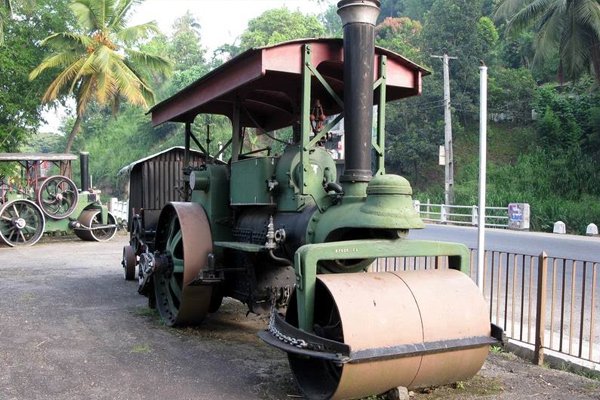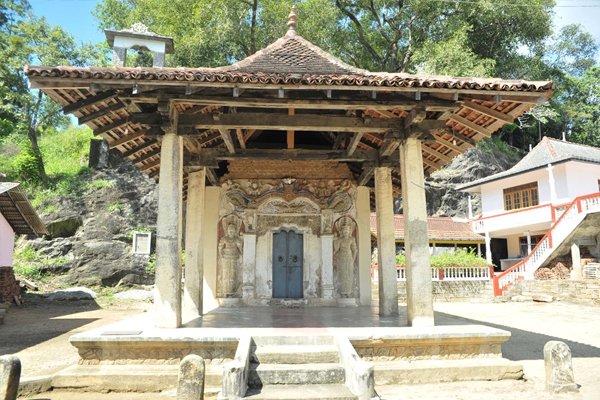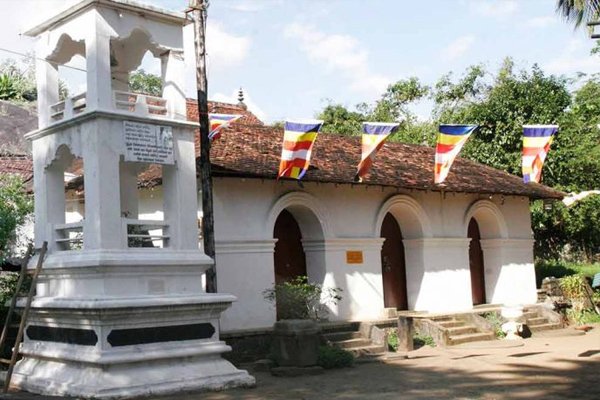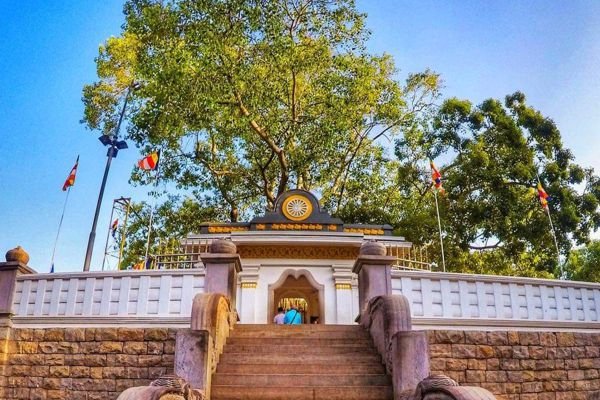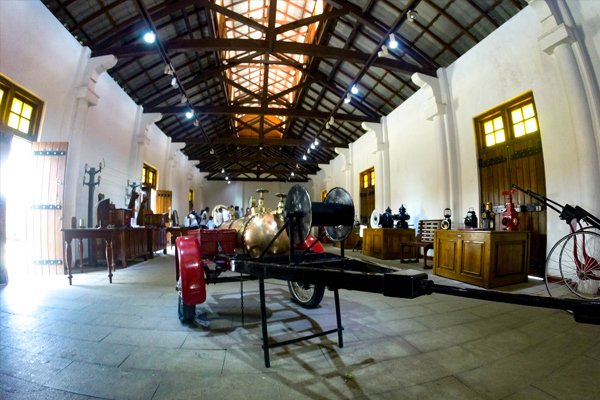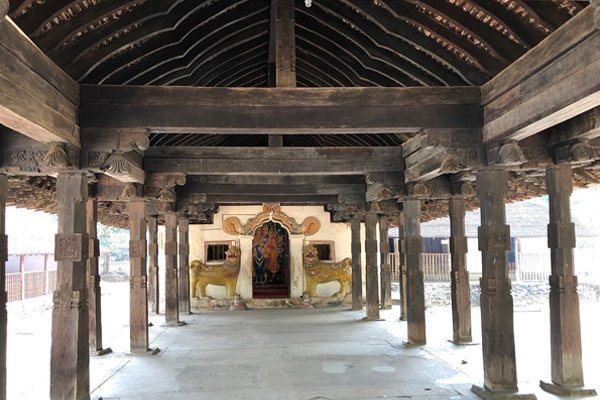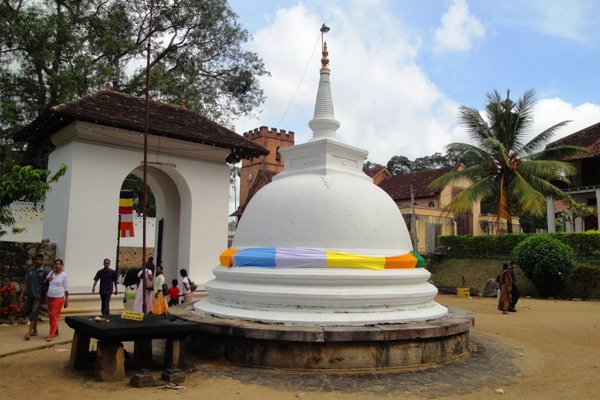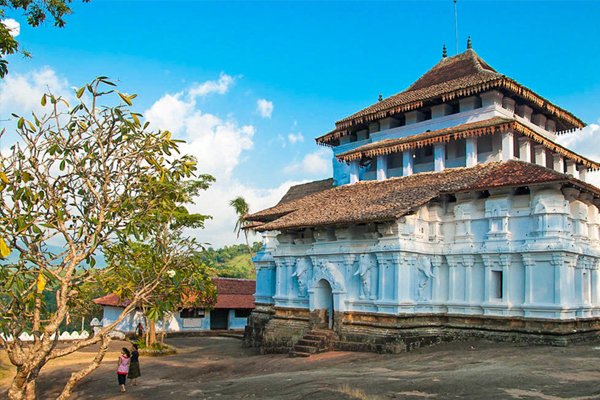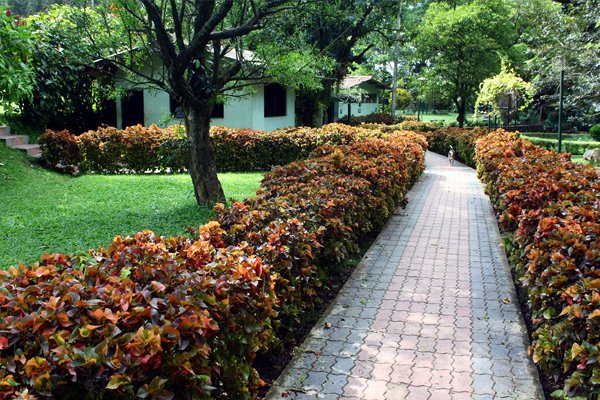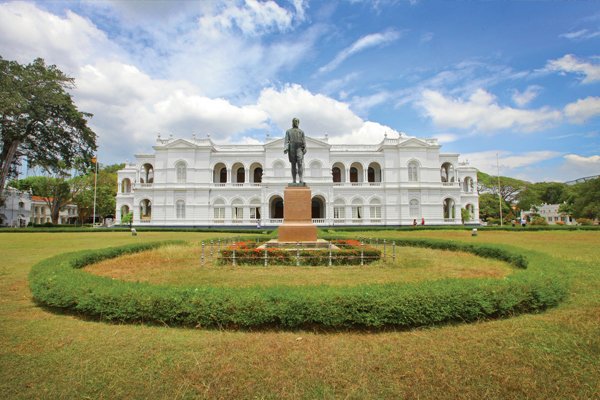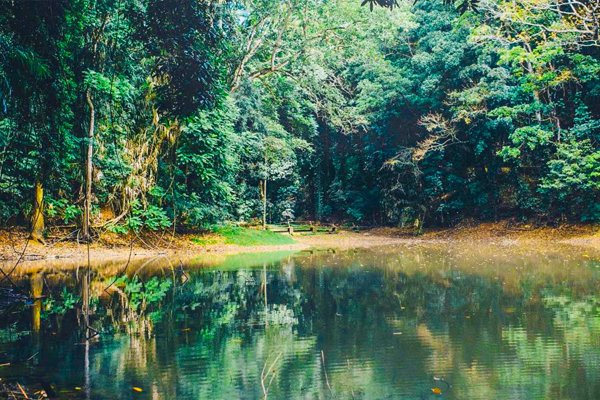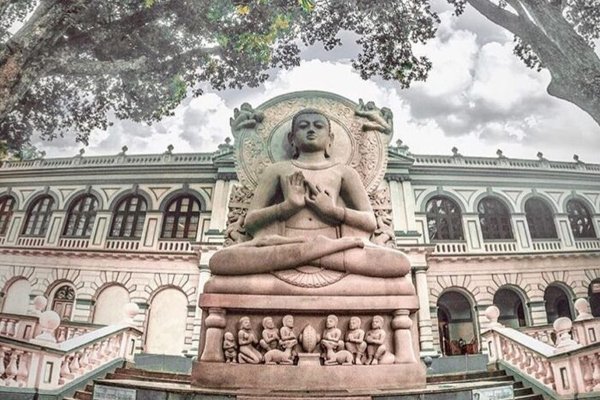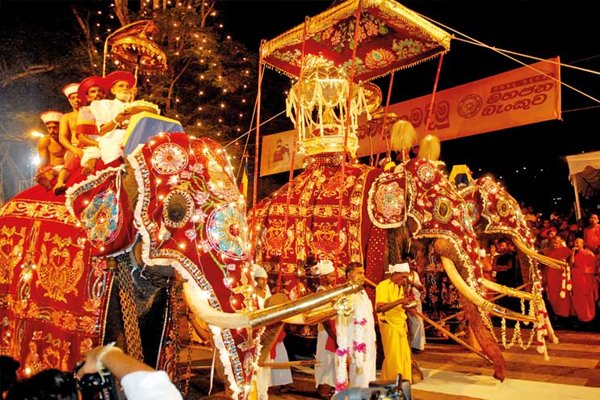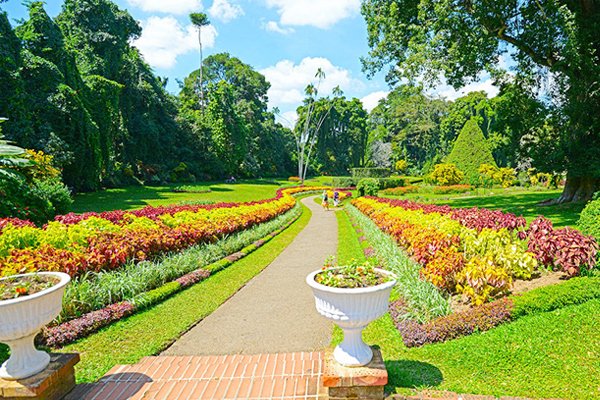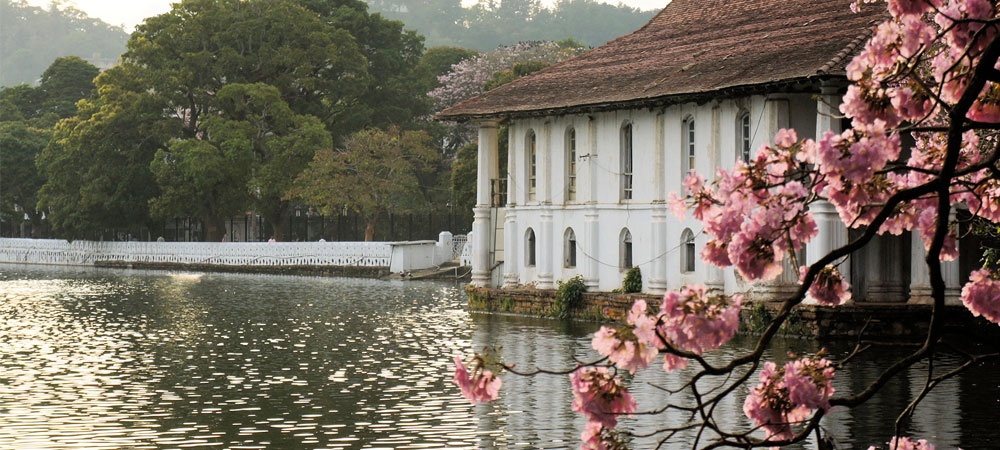
This sacred Buddhist site, popularly known as the city of Senkadagalapura, was the last capital of the Sinhala kings whose patronage enabled the Dinahala culture to flourish for more than 2,500 years until the occupation of Sri Lanka by the British in 1815. It is also the site of the Temple of the Tooth Relic (the sacred tooth of the Buddha), which is a famous pilgrimage site. Kandy is very famous among tourist for three main reasons: It is home to the sacred tooth relic of the Buddha (Temple of the Sacred Tooth Relic ; Dalada Maligawa ), The Botanical Gardens ( Located in Peradeniya) and it always has a special place when it comes to festivities such as the Esala Perahara.
- PROVINCE: CENTRAL PROVINCE
- DISTRICT: KANDY DISTRICT
- POPULAR FOR: PALACE OF THE TOOTH RELIC, ESALA PERAHERA - KANDY, ROYAL BOTANICAL GARDEN, PERADENIYA
- WEATHER: 28 °C
- TYPE: CULTURAL, HISTORICAL
- POPULATION : 110,049
- AREA: 1,940 KM²
- DISTANCE: 114 KM (71 MILES)
Colombo to Kandy distance 122.4km
